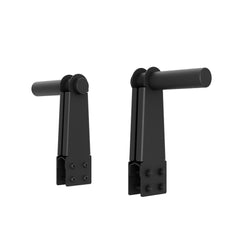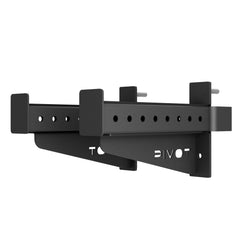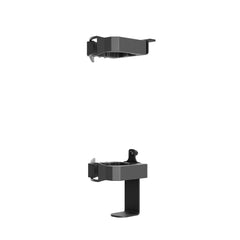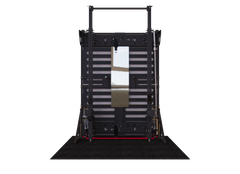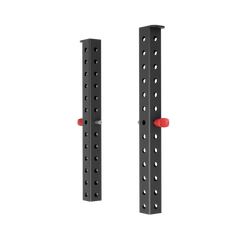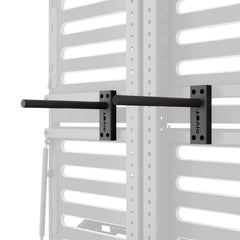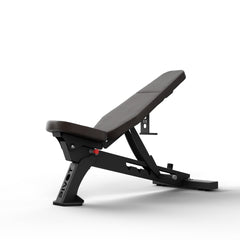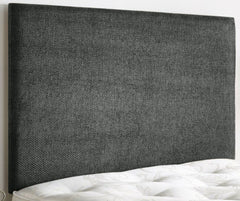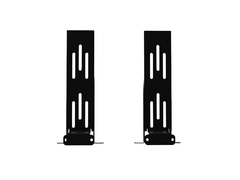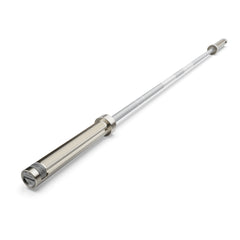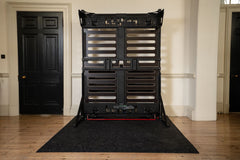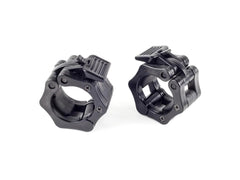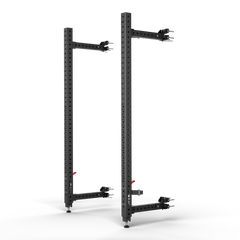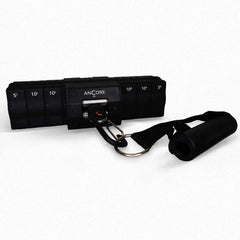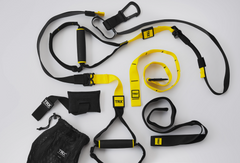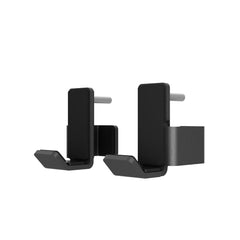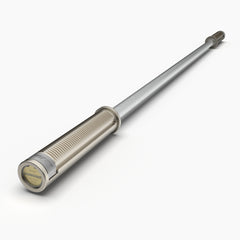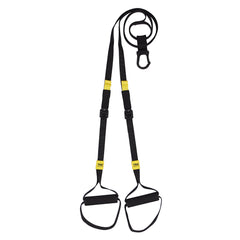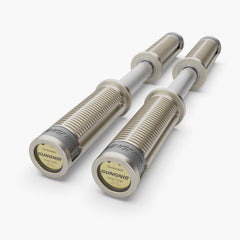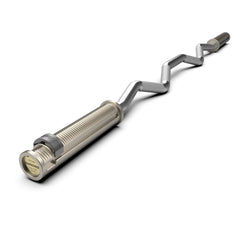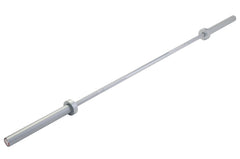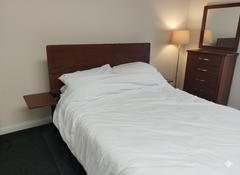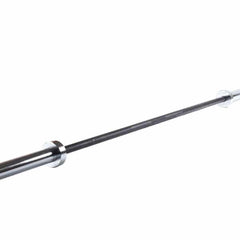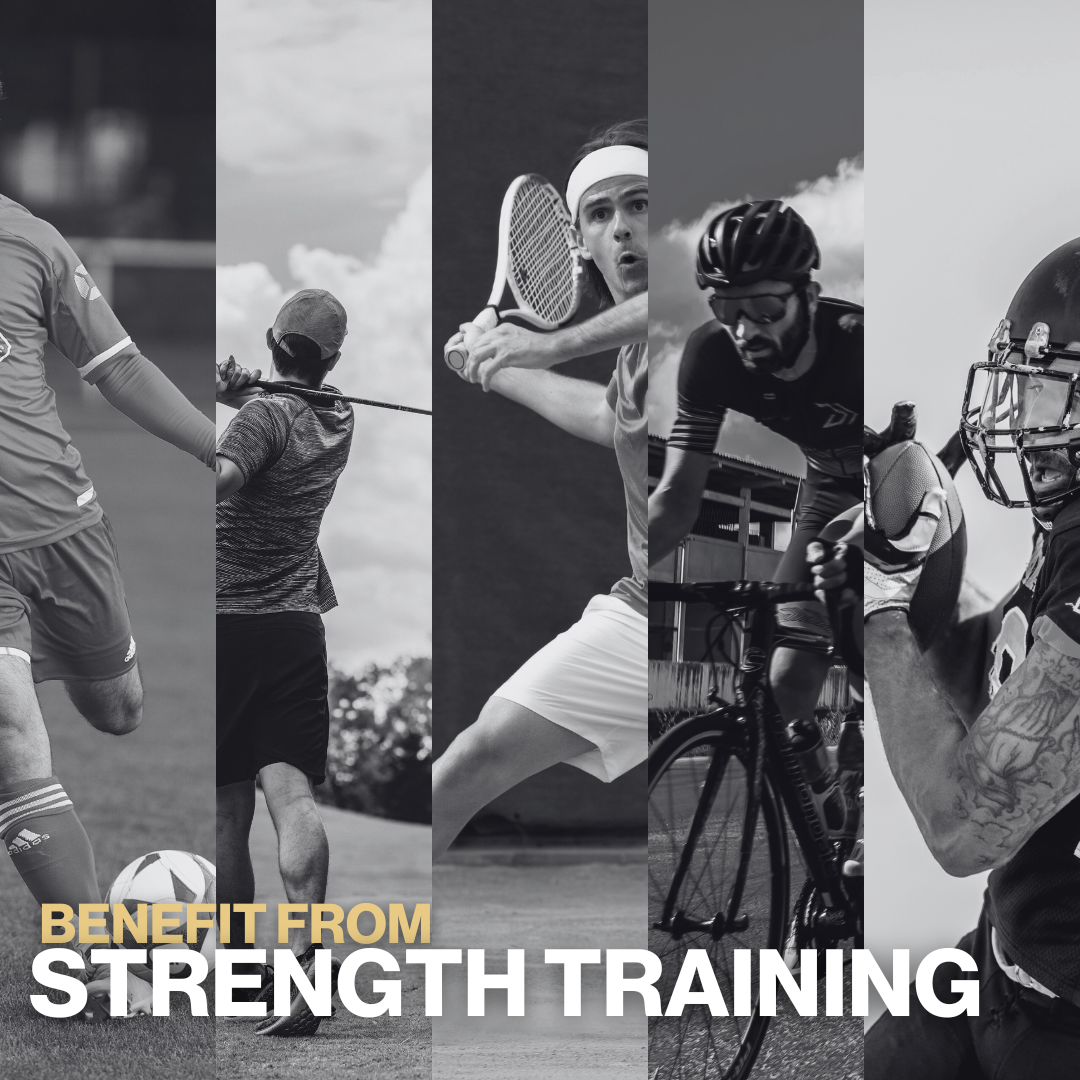
Your cart is empty
Why not check out these PIVOT packages?
Why not check out these PIVOT packages?
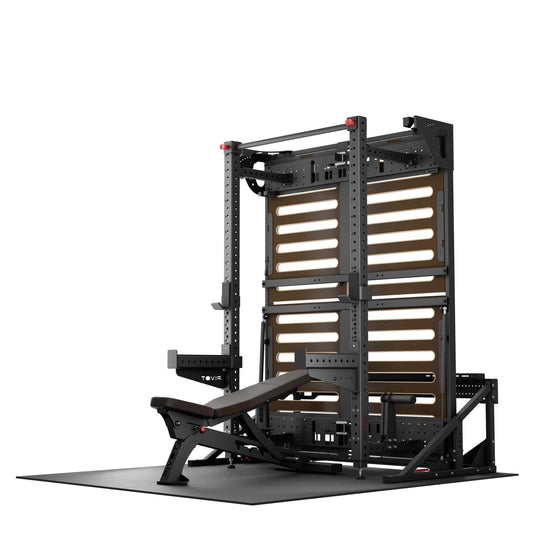
The Full Monty
Regular price
£5,565
Regular price
Sale price
£5,565
Unit price
per
The complete PIVOT package, featuring everything you need for intense stren...
The complete PIVOT package, featuring everything you nee..
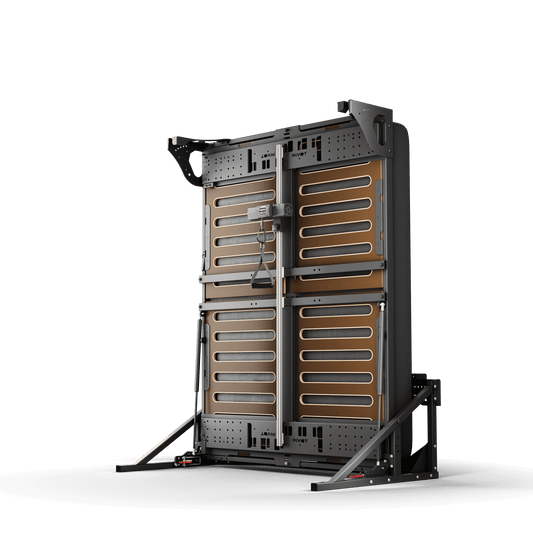
Anti-Gravity
Regular price
£4,200
Regular price
Sale price
£4,200
Unit price
per
The PIVOT package which doesn't require weight plates or a barbell.
The PIVOT package which doesn't require weight plates or a barbell.
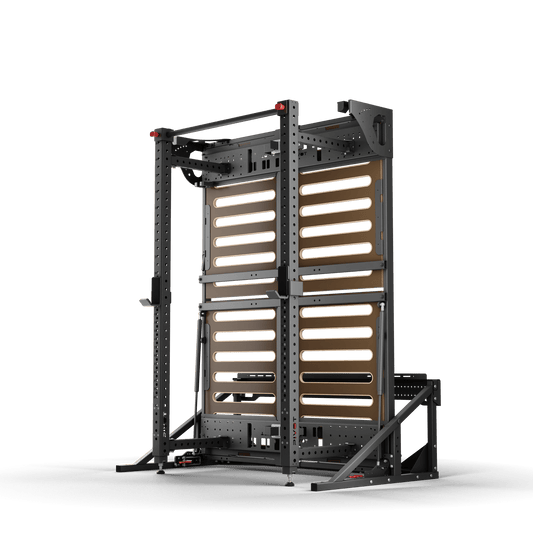
Strength
Regular price
£3,960
Regular price
Sale price
£3,960
Unit price
per
All the basics you need to turn your spare room into a convenient workout and training space.
All the basics you need to turn your spare room into a convenient wor..
What people are saying
The perfect gym and bed
“Everything’s perfect, product, support and delivery. Is the perfect solution for having a power rack and a gym in a guest room and a bed when you need it. The quality is awesome!”
Five stars
“The bed in gym is brilliant in its design and quality, seamless in its operation, is expertly made, all in the UK, and offers me flexibility in where and when I work out.”
Maximize Your Space!
“The quality of the materials used and craftsmanship to make the product are unmatched on the market. The product will last us for years.”
Turn a Room into a Gym.
“It allows me to have a guest room at my house but still have a full gym for working out. The frame is built like a tank and inspires confidence that it will hold up over time.”
A Game Changer!
“This bed-gym combo is a brilliant solution for small spaces. The ease of switching between a comfortable bed and a full workout station is unmatched. It's sturdy, reliable, and worth every penny.”
Perfect for My Small Apartment
“I never thought I'd be able to fit a gym into my tiny apartment, but this bed makes it possible. It’s beautifully designed, easy to use, and extremely durable.”
Worth Every Penny!
“I was skeptical at first, but this has completely transformed my home. The build quality is fantastic, and it’s so easy to use. I now have a guest room and a gym all in one.”
Great Investment
“The attention to detail and craftsmanship is evident in every aspect of this product. It's strong, functional, and has completely upgraded the way I use my space.”
Amazing Innovation!
“I love how this bed allows me to maximize my space without sacrificing comfort or functionality. It's a smart, sleek design that fits perfectly in my home.”
Impressive Quality
“This bed has exceeded my expectations in every way. The materials are top-notch, and the convenience it offers is incredible. It's the perfect solution for anyone looking to combine a guest room and a gym.”
